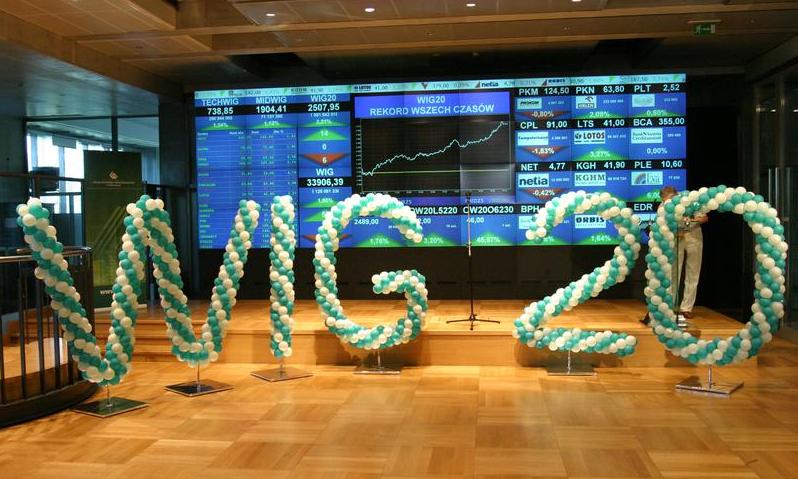Put in place to help the banks keep lending during the depths of the pandemic in 2020, the RBA’s TFF helped slash the price of fixed rate loans by giving the banks access to $188 billion at rates as low as 0.1 per cent, $84 billion of which matures in 2023.
Bank shareholders have been expecting lending rates to increase by more than funding costs, reversing more than a decade of compressed banks’ net interest margins.
Cost of funding up 1pc
But the cost to big banks for borrowing money on international markets has jumped by almost 1 percentage point above the benchmark bank bill swap rate since 12 months ago, excluding the general increase in interest rates caused by central banks.
Wholesale funding accounts for about 20 per cent of banks’ overall funding, with the lion’s share of lending funded by deposits.
Savers are expected to win from higher deposit rates, with banks expected to compete even harder to win deposit funding to keep expanding loans as they grapple with more tricky international capital markets.
Term deposit rates and at-call deposits paid by banks to savers have already risen to above 4 per cent in some cases, but the majority of at-call deposits with big four banks still remain sharply lower than the 3.1 per cent RBA cash rate, helping to bolster the banks’ margins for the first time in more than a decade.
“Approximately 75 per cent of the deposits that the major banks have are earning 25 basis points or less and that’s staggering when you can walk into a major bank and get 3.7 per cent for three-month money,” Mr Healy said.
Non-banks and small banks are already hurting from rising funding costs because they don’t have large deposit bases to fund their loans.
Athena Home Loans has hiked rates for new and existing customers by more than the RBA.
Athena, Freedom Lend, Homeloans.com.au, Nano, Pepper Money and Well Home Loans have increased their lowest variable rate by more than the RBA’s 3 percentage points, according to RateCity analyst Sally Tindall.
In previous years, non-bank lenders such as Reduce Home Loans, Pacific Mortgage Group and Homestar Finance dominated the lowest rates.
But Ms Tindall said that because funding costs had shifted to favour deposits, which non-bank lenders don’t have access to, the cheapest lenders were now smaller banks such as Hume Bank, Bank First, Auswide Bank, Bendigo Bank and Qudos Bank.
“For years, the list of low-rate lenders was dominated by non-bank operators with access to competitive wholesale funds, lower overheads and a willingness to accept smaller margins,” Ms Tindall said.
“However, last year’s eight consecutive RBA hikes has shaken up the low-rate landscape in favour of banks with access to deposits.
“The cost of wholesale funding has risen significantly since May, making deposits an increasingly attractive option to fund mortgages.
“Home loan customers should make sure their mortgage hasn’t fallen victim to the wholesale funding squeeze. If they haven’t negotiated their rate in the last 12 months, they’re likely to find they’re overpaying, compared to what’s on offer to new customers.”
Others such as Nano Bank have had to stop writing new business entirely as they have been unable to access funding markets, while Former Bank was forced to shut up shop and return funds to depositors.
The major banks will need to raise between $125 billion and $145 billion in long-term wholesale funding this year, according to Commonwealth Bank of Australia credit analysts.
This includes refinancing about $84 billion of cheap, three-year money borrowed from the RBA in 2020.
Repaying the RBA
The TFF offered banks three-year loans rates of between 0.1 per cent and 0.25 per cent to help keep credit flowing to households and small business during the pandemic.
Commonwealth Bank is due to repay the RBA $19 billion this year, Westpac $18 billion, National Australia Bank $14 billion and ANZ $12 billion, while a further $21 billion will be repaid by the non-major banks.
The following year in 2024, banks are due to repay the RBA a further $105 billion.
Judo has to repay around $2.8 billion to the RBA TFF, which Mr Healy said was small compared to the majors.
He said the challenger business bank has been offering 12-month deposits at about 60 basis points above the average for major banks, knowing that TFF repayments would spur more competition.
“The challenge is going to be around whether the big banks can afford to pay the price depositors are looking for just given historically they’ve relied on customer inertia on deposit pricing.
“You’ve got to assume the funding costs and particularly the deposit costs will continue to rise, and it’s going to put more pressure on mortgage rates. No question about that in my mind.”
Credit rating agency Moody’s said in a note published last month that it expected bank debt issuance volumes to peak this year “as banks look to actively manage their TFF maturities in particular”.
The agency also noted that funding costs were rising for the big four banks amid resurgent competition for new deposits, and wholesale issuance costs had “risen from a low base as a consequence of tighter monetary policy and rising uncertainty on the economic outlook”.
Commonwealth Bank, Westpac and National Australia Bank have already raised $8.6 billion in debt this year.
Citi analyst Brendan Sproules said last year that the TFF expiration would put pressure on regulatorsrather than banks, with the possibility that they would extend the date of maturity rather than let households bear financial pain.
“We think that an orderly repayment of the TFF might be the least likely outcome. The impost that it might create on both asset and liability spreads may be so severe, and so unpalatable, that regulators may have to intervene. While the common viewpoint may be that it is the banks’ problem, we don’t agree,” Mr Sproules said in a note.
Credit growth also slows
The Australian Prudential Regulatory Authority said on Monday it had completely phased out the committed liquidity facility, which was put in place to help banks cope with a lack of government debt to hold as high quality liquid assets, by January 1 as scheduled.
While banks have stressed that their repayments will be managed smoothly, there are some concerns it will pressure bank treasury departments.
At its full-year results in November, ANZ, which has the smallest TFF liability of the majors, described the maturities over the next two years as “very manageable”.
But highlighting the challenges for banks in 2023, credit growth is also slowing, meaning it will be difficult for them to grow profits if funding headwinds intensify.
APRA data released late last year showed home lending growth slowed to 4.5 per cent in November, from 5.5 per cent in October, and is set to fall to 2 per cent in 2023, according to Morgan Stanley.
Business lending growth was flat around 9.5 per cent but is expected to fall sharply in 2023, with National Australia Bank business banking head Andrew Irvine suggesting it could slow to between 3 and 5 per cent.
Morgan Stanley analyst Richard Wiles said the major banks’ average Australian non-housing loan growth would fall from around 13 per cent in financial year 2022 to around 4.5 per cent in 2023.
Note: This article have been indexed to our site. We do not claim legitimacy, ownership or copyright of any of the content above. To see the article at original source Click Here













